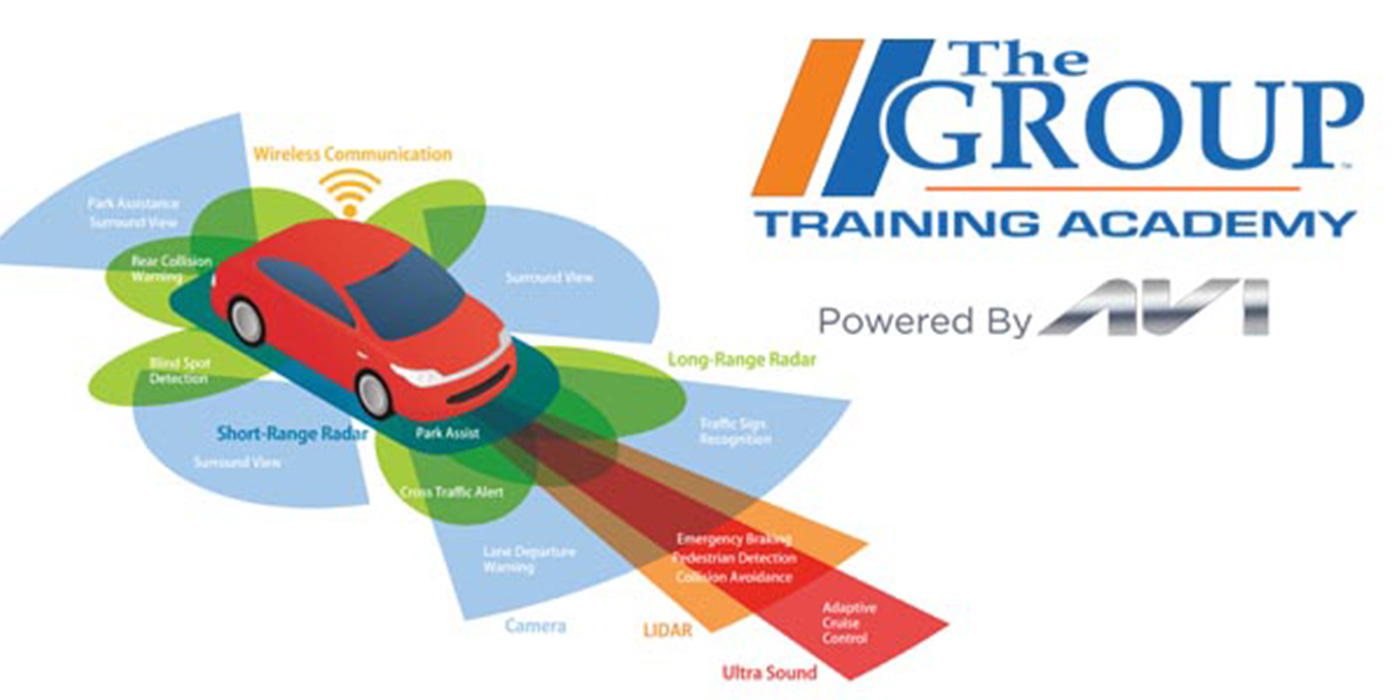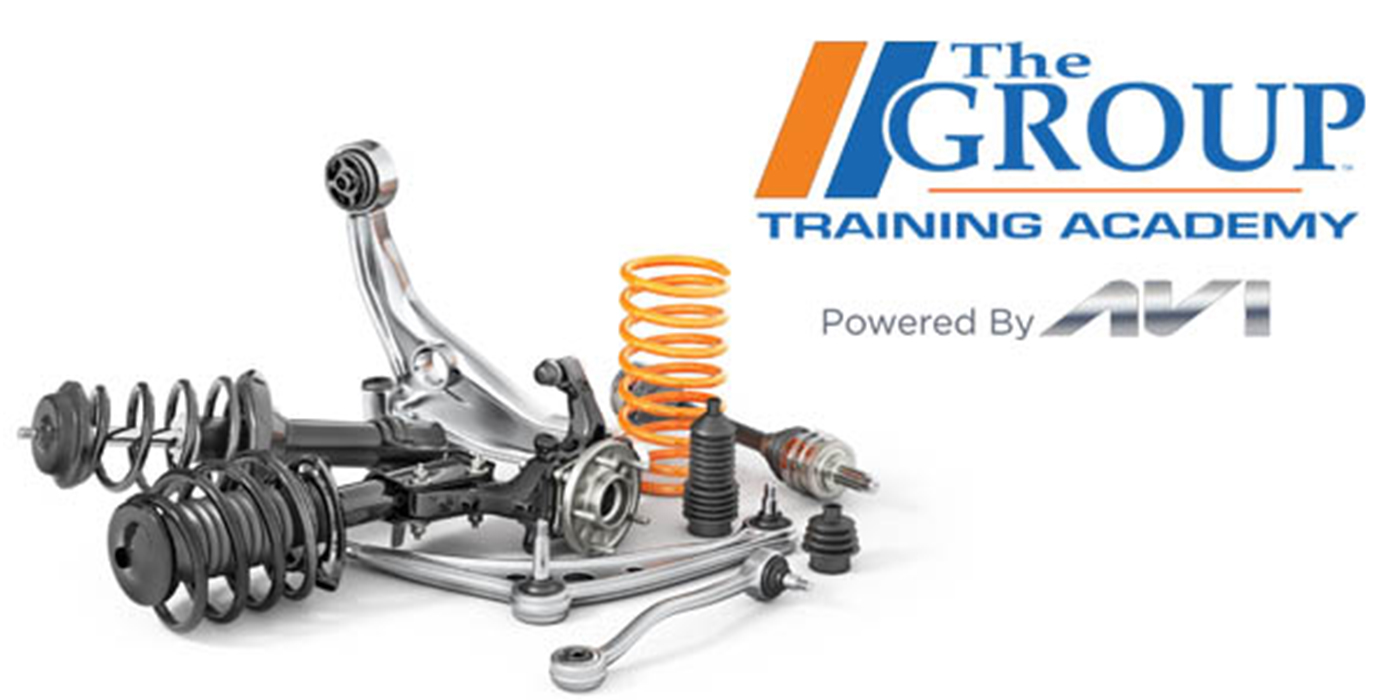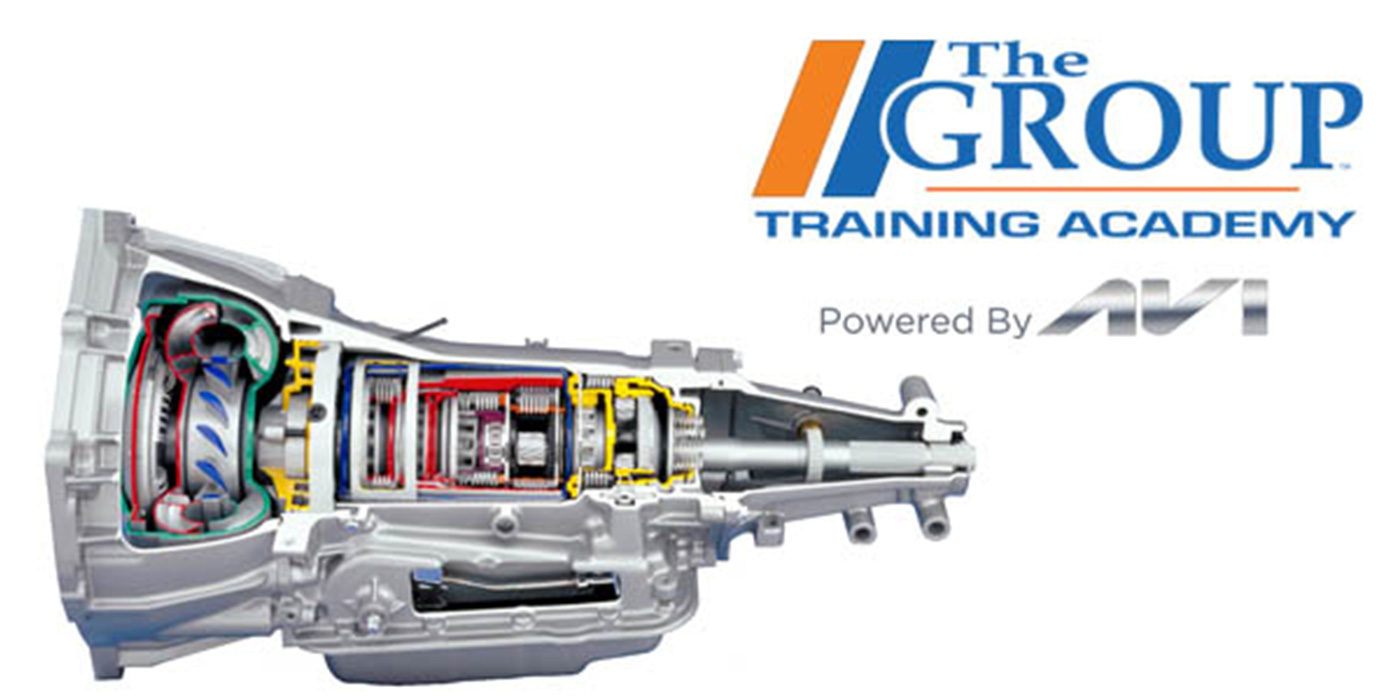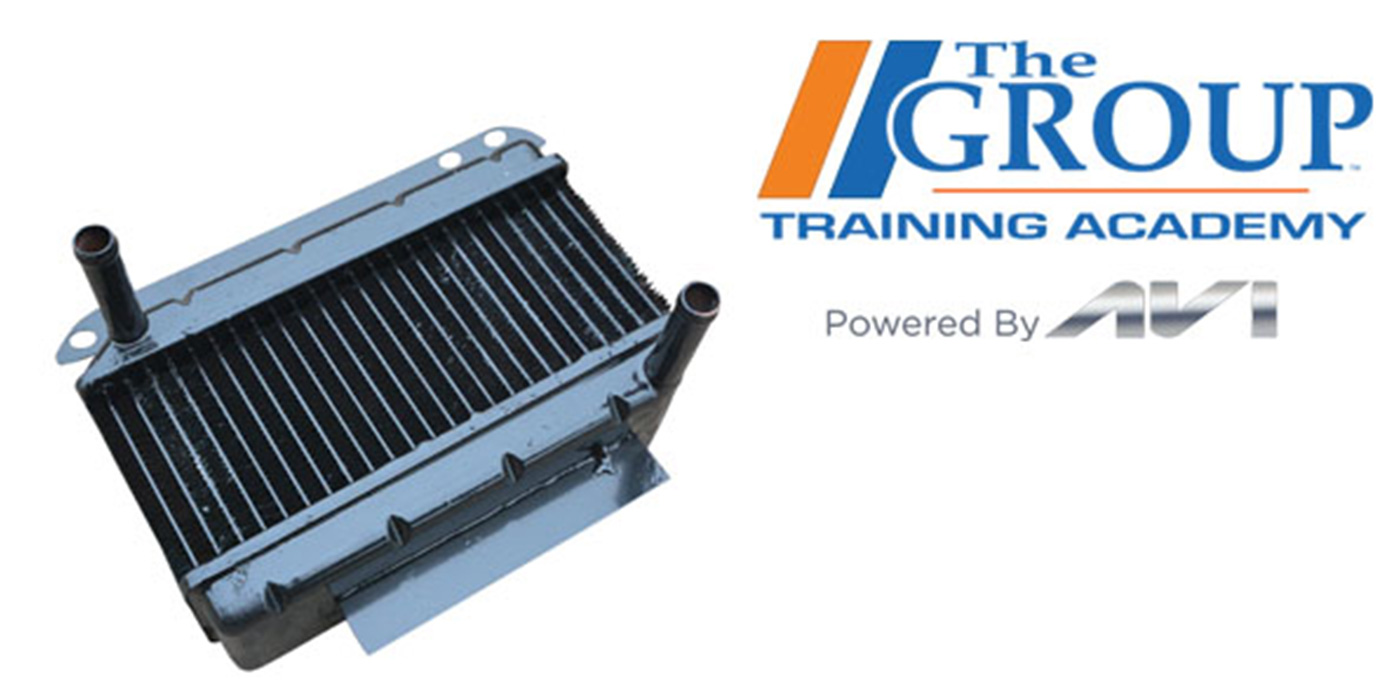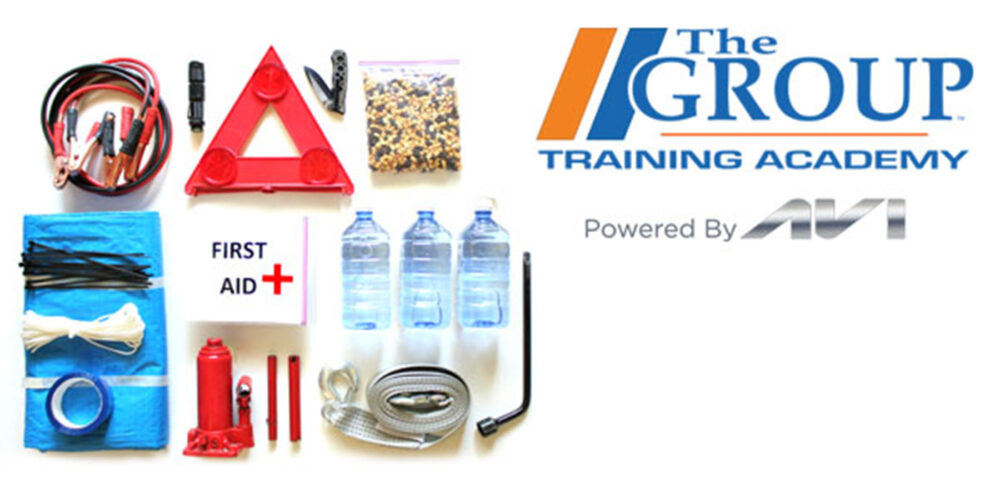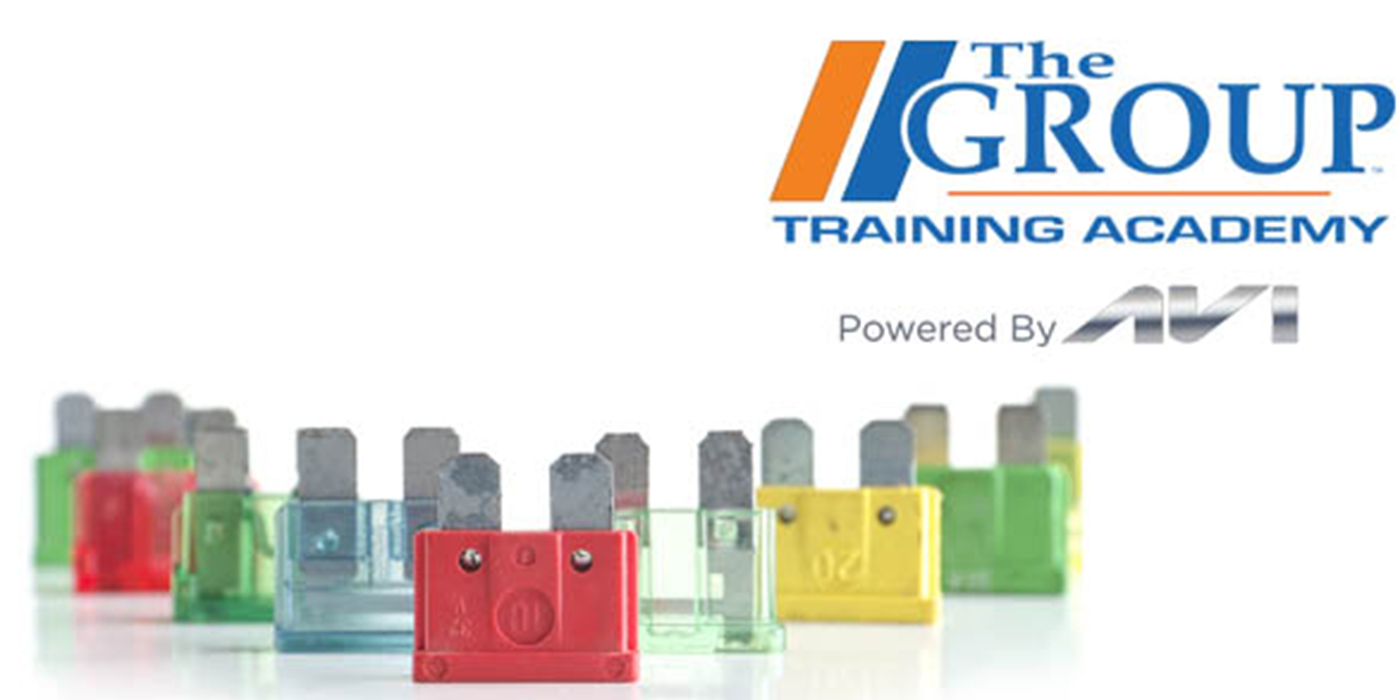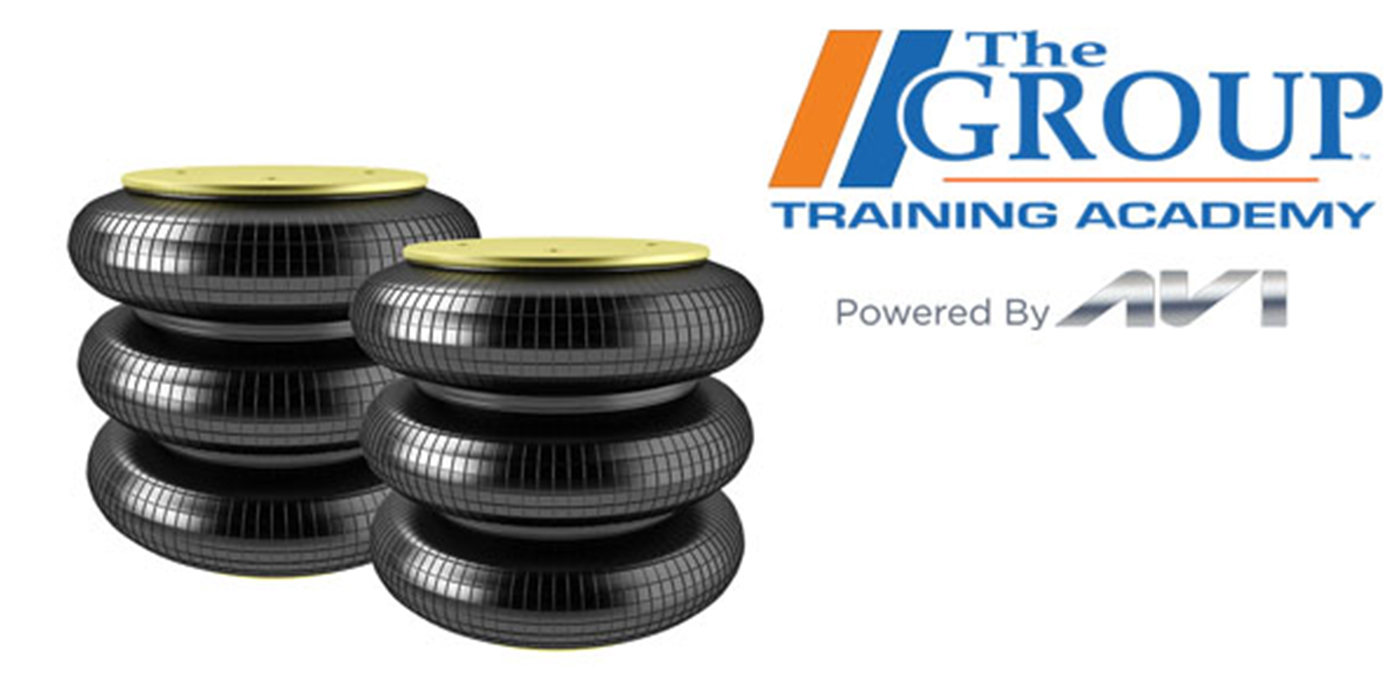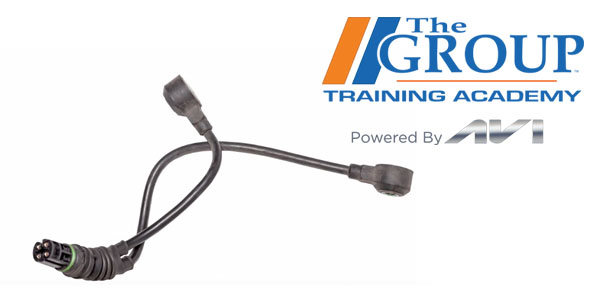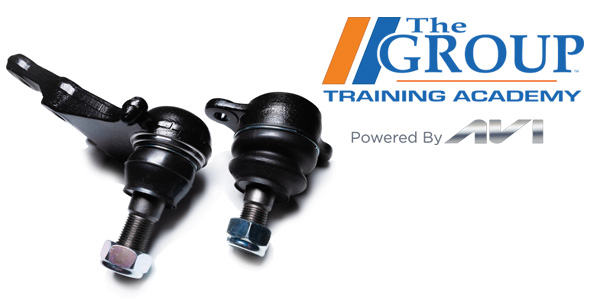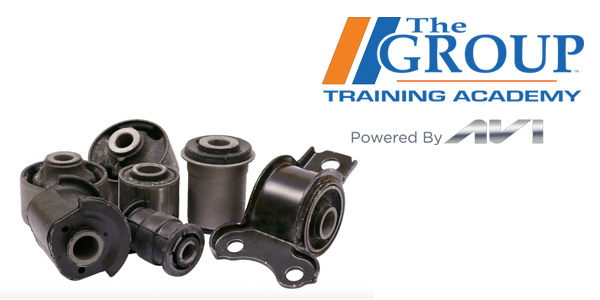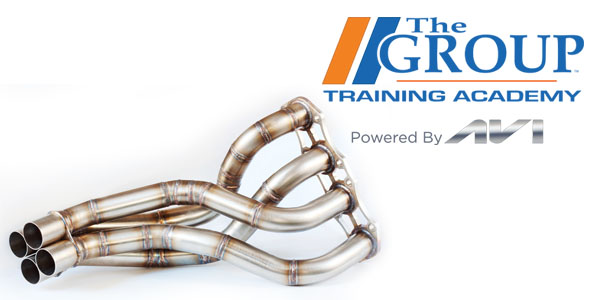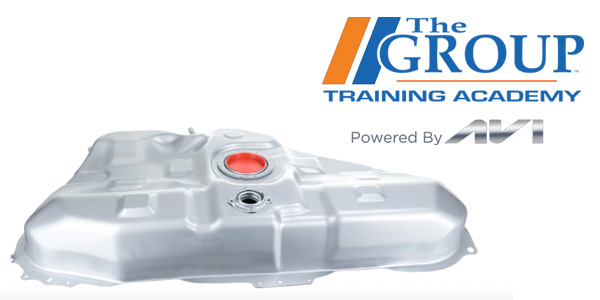To start, let’s look at the basic components of an exhaust system. Fundamentally, there are two basic types. A single exhaust system and a dual exhaust system. Just as the names indicate, a single system is a single set of pipes and components that funnel the exhaust out of the engine and out of the rear of the vehicle. A dual exhaust system does the same thing, but has two usually separate set of components running the length of the vehicle. Either system is comprised of an exhaust pipe running from the exhaust, manifold, or header to the muffler. In today’s vehicles, there is usually a catalytic converter somewhere in its length. After the exhaust pipe, there is a muffler to quiet, unwanted sounds, and then a tail tailpipe.
This forces the final exhaust fumes and sound behind the vehicle, so the passenger compartment remains free of dangerous gases and noise. In the beginning, most exhaust components were made of mild steel. This allowed easy fabrication and provided acceptable longevity for the time. As systems became more sophisticated and the environments changed, life expectancy started to deteriorate. As systems became longer, and with V eight engines using dual exhaust system, temperatures were reduced and condensation tended to remain in the systems longer and increased corrosion rates and eventual perforation. Many manufacturers responded with coatings to the mild steel. Some painted their components and others eventually landed on aluminizing their components. The aluminum coatings provided some protection, but eventually would give into the corrosive elements created in today’s emissions. Something with greater corrosion resistance needed to be utilized. When the new Taurus was introduced in the mid eighties, it featured a stainless steel muffler.
This signaled a new material that could be used in exhaust system and ushered in a new norm in the industry. It was not long before entire systems were made of stainless steel. This changed the traditional exhaust system business forever. Life expectancies of components grew exponentially. What was this? Mystery metal, stainless steel in today’s systems are three different grades. 4 0 9 is the most common grade and can be identified by its no shine. Exterior, 4 39 on the other hand, can be shine to a mirror like finish. It is inherently shinier in basic form 3 0 4 stainless is the premium grade used today. It has higher chromium content and less iron. Easiest way to tell if a system is 3 0 4 grade is the magnet test. A magnet will not stick to 3 0 4 grade systems. When 3 0 4 systems get hot over time, they will turn a golden brown. The significance of stainless systems is their lifespan. These systems can have a life expectancy from eight years to over 10 plus years. For a 3 0 4 system, there are two other materials utilized in the exhaust world. Titanium and Inconel metals are also used in some very high-end applications. The benefits of both are lightweight and increased durability. These materials are usually on custom made systems and carry a significant increase in cost. In canal is the material of choice for F1 racing applications.

